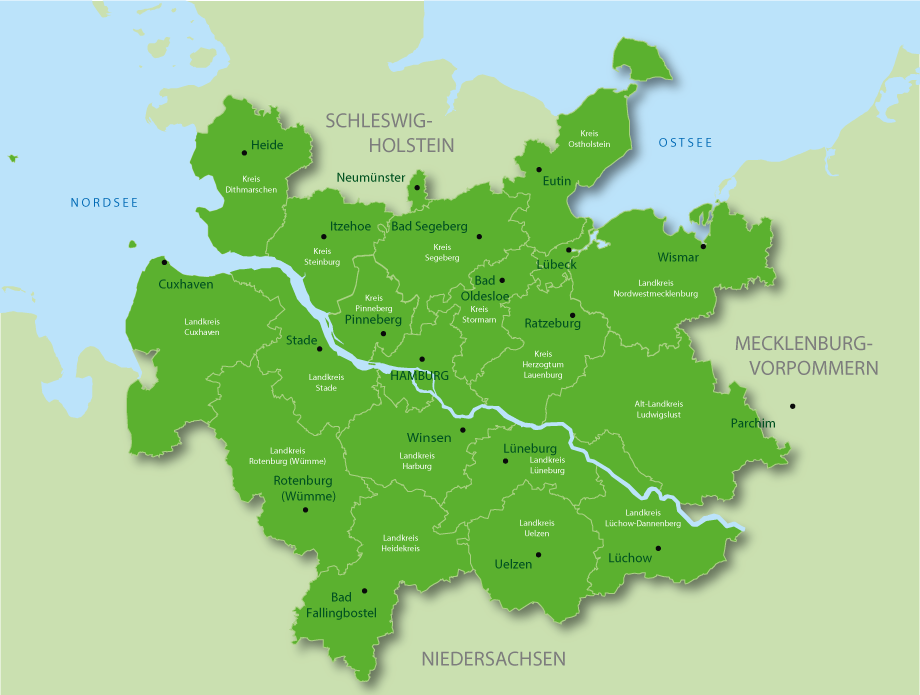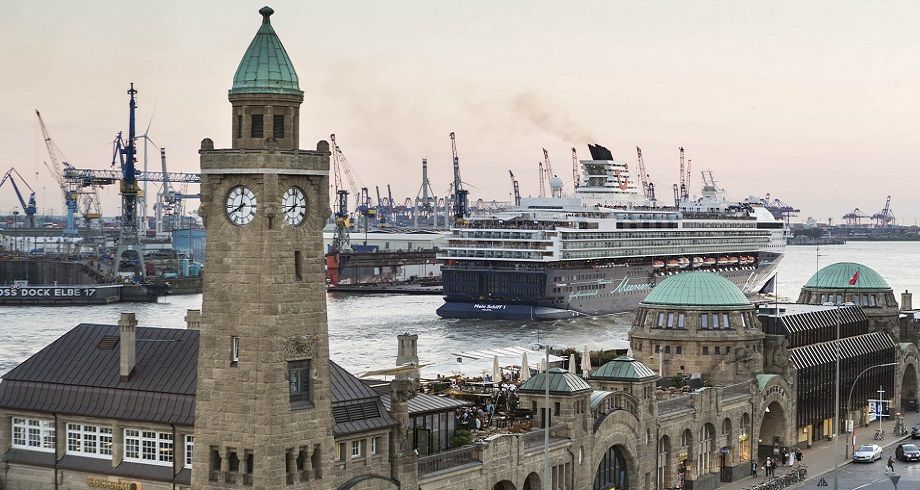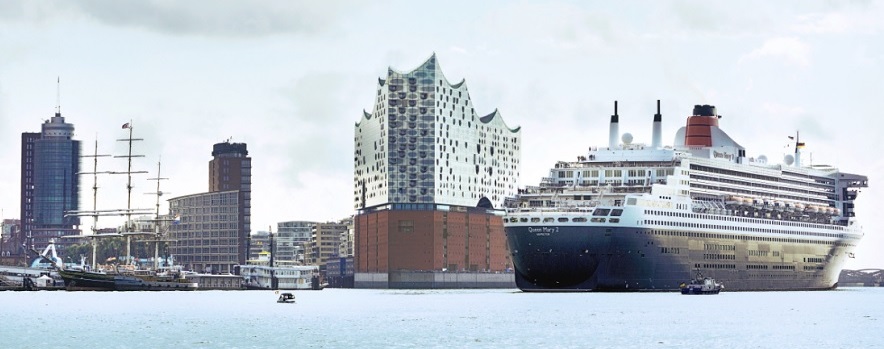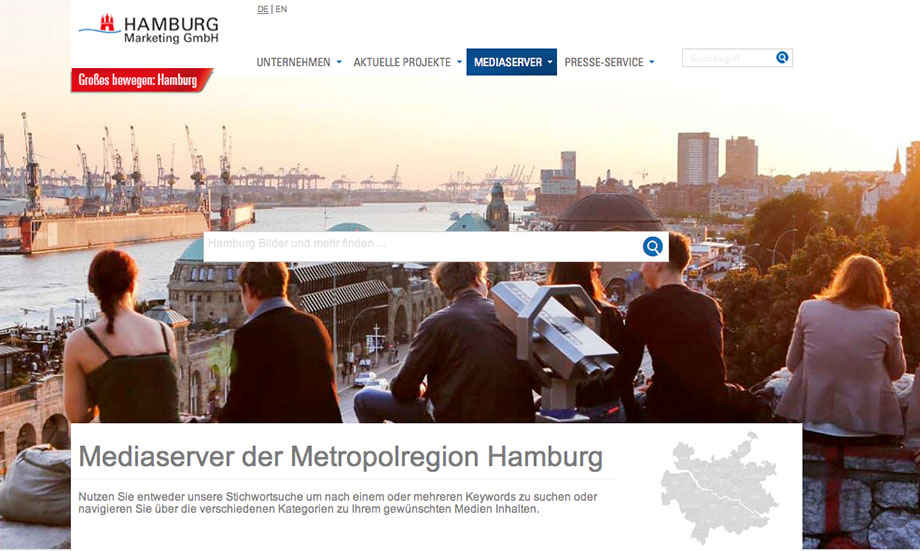Hamburg – Location, Size and Population
The Free and Hanseatic City of Hamburg lies in the North German plain on the lower reaches of the Elbe, around 100 kilometres from the river’s estuary on the North Sea. With 1.8 million inhabitants on an area covering 755.3 square kilometres, Hamburg is Germany’s second-largest city after Berlin. The city state of Hamburg is one of the 16 federal states of the Federal Republic of Germany.
In recent years, the Hamburg Metropolitan Region has joined forces with the neighbouring districts in Lower Saxony and Schleswig-Holstein in developing what is the most dynamic and fastest-growing conurbation in Germany. In the early 1990s, the Senate of the Free and Hanseatic City of Hamburg and the state governments of Lower Saxony and Schleswig-Holstein had already decided to strengthen cooperation. It was agreed that the city state of Hamburg plus eight administrative districts in Lower Saxony and six in Schleswig-Holstein should be combined as the Hamburg Metropolitan Region, a competitive location in Europe implementing joint projects without hindrance from local administrative demarcations. In 2012, the Hamburg Metropolitan Region was expanded by integrating Mecklenburg-Western Pomerania into the partnership. Along with the Free and Hanseatic City of Hamburg, the Hamburg Metropolitan Region consists of the following administrative districts: Dithmarschen, Herzogtum Lauenburg, Pinneberg, Segeberg, Steinburg, Stormarn, Ostholstein, Neumünster, Lübeck, Cuxhaven, Harburg, Lüchow-Dannenberg, Lüneburg, Rotenburg, Heidekreis, Stade, Uelzen, Schwerin, old district Parchim, as well as old district of Ludwigslust and Nordwestmecklenburg. Altogether more than five million people live here in an area of approximately 26,000 square kilometres.

International Stronghold
The world is at home in Hamburg. For centuries, trade and shipping have ensured a cosmopolitan climate in this city on the water. More than 35,000 trading companies with over 125,000 employees make Hamburg the leading foreign trade centre in Germany. More than 500 Chinese companies are located in Hamburg, making it China’s leading European base. The city has the world’s second-largest concentration of consulates, with almost 100 consulates, coming second after New York. Hamburg cultivates these manifold links with other international cities and towns through various networks and partnership programmes. First, Hamburg’s twin cities contribute to a lively exchange. Its first twin city was St Petersburg in 1957, with Marseille following in 1958. Shanghai, Osaka and León twinned with Hamburg between 1986 and 1989, Prague in 1990 and Chicago in 1994. The most recent city partnership is with Dar es Salaam, also sealed in 1994.






